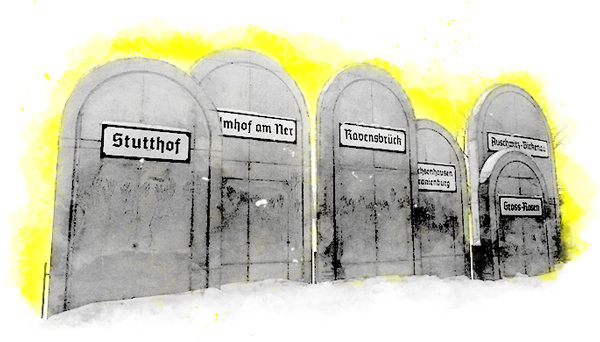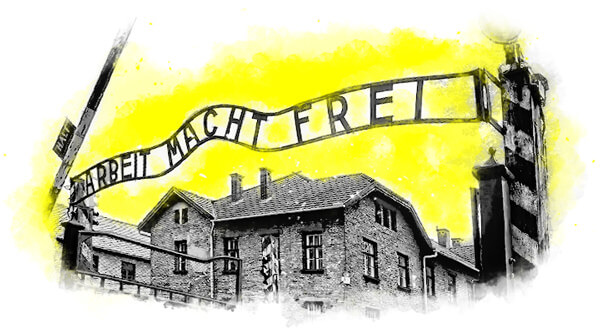#IHF2019
Bookmark this page for updates, information, images and more before and during In Humanity’s Footsteps 2019
Bookmark this page for updates, information, images and more before and during In Humanity’s Footsteps 2019

Sites include the remnants of the old Jewish ghetto and ghetto wall, Mila 18 – the bunker commemorating Mordechai Anilewicz, commander of the Warsaw Ghetto Uprising- and the Umshlagplatz (collection point) – monument built on the site where many Jews were deported to death camps.
More than a Holocaust museum, Polin relates the 1000- year history of the Jews in Poland, which helps us to better understand both what was destroyed and how history set the stage for the Holocaust.

The Majdanek Concentration and Death Camp, located approximately three miles from the center of the city of Lublin, operated from October 1941 to July 1944. It was the second largest Nazi concentration camp during the Holocaust. An estimated 80,000 prisoners were killed at Majdanek.

This small train station was located just north of the edge of the Lodz (Littmannstadt) ghetto. It was therefore convenient for shipping goods to the ghetto as well as out (e.g. items produced by forced labor by the ghetto inmates, such as shoes and clothing). It was eventually used to send Jews from the ghetto to their deaths in concentration camps.
The participants will tour Kazimierz, a historical district of Krakow and a predominantly Jewish area before World War ll. This is where the Schindler factory, Kazimierz and Podgorze are also located.

We will extensively tour the Auschwitz – Birkenau death camp complex. Now a national museum, we will view Holocaust relics (Including the gas chamber/ crematorium) in Auschwitz 1 with museum docents and will walk the grounds and learn the the horrible history of the Birkenau (Auschwitz 2) death camp.